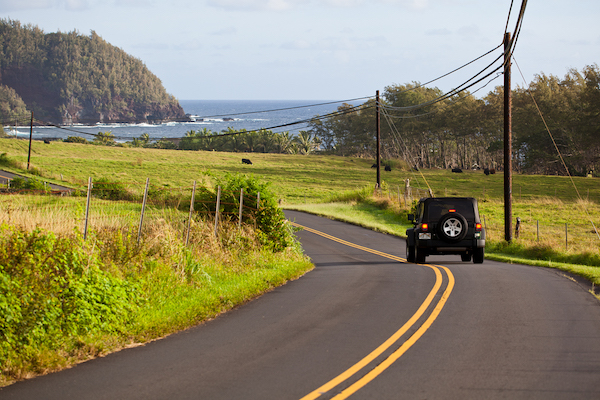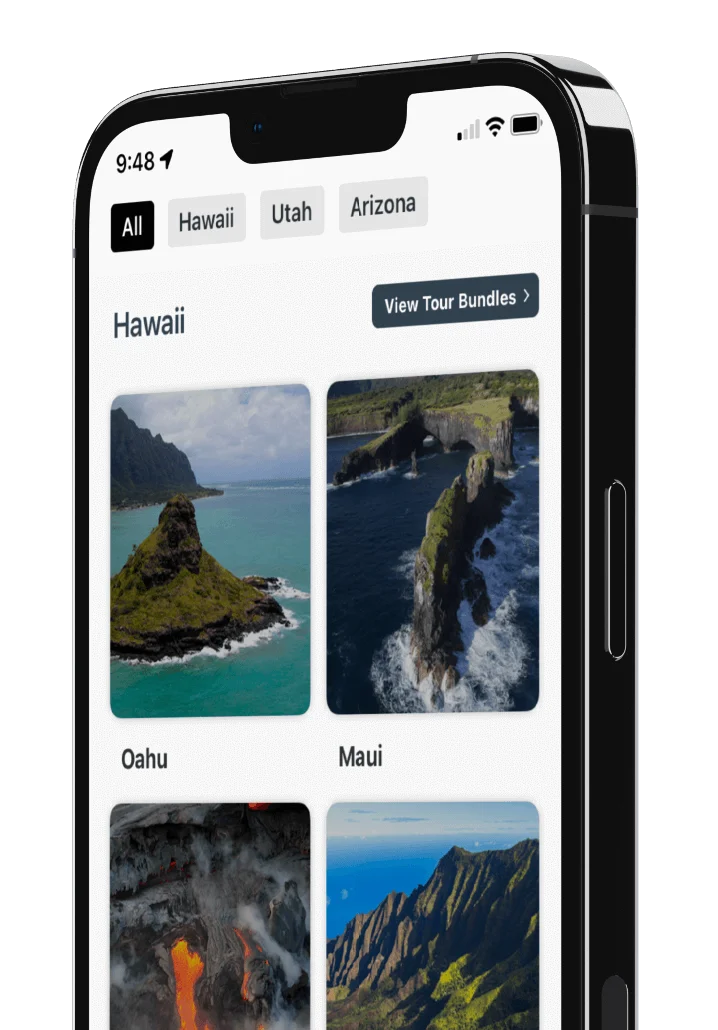
Saving the Native Forest on Haleakala: The Danger of Invasive Species in Hawaii

Listen to audio sample:
After nature had worked so hard for hundreds of thousands of years to create a perfectly balanced ecosystem in Hawaii, the arrival of humans - about a thousand years ago - brought about a huge change to all of that. With the early Polynesians and later Europeans, came pigs, dogs, mosquitoes, rats, cattle, sheep and many other animals that never before existed in the islands. These animals, with no predators in Hawaii to maintain a balance, quickly flourished by munching their way through forests of defenseless plants and animals.
Goats were especially harmful to Haleakala. They are prolific breeders that were originally introduced to help control weed growth, but were also found to be eating the native plants - something had to be done! An extensive electrified barbed wire fence was installed in Haleakala to keep the goats out, but with the rain, the fence quickly stopped working. Finally in the early 80s, an army of volunteers and park staff installed a very heavy-duty fence system that enclosed an area of 19,000 acres. Once the fence was up, they organized local volunteers to hunt the goats inside the fence, killing an estimated 7,000 goats. In less than 10 years, goats were history on Haleakala. And almost immediately, thousands of young seedlings of native trees like Koa, Ohia, and Mamane began to sprout and take root. To the credit of the park rangers, the comeback of the forest was nothing short of miraculous!
Today Haleakala is a beautiful park for all to enjoy. Please help take care of this fragile and precious ecosystem during your visit. It’s not hard to do - just stay on the marked trails, and be sure you pick up your trash.
Want to see the unique species of Haleakala?

 Buy Gift Card
Buy Gift Card
 Buy a Tour
Buy a Tour
















